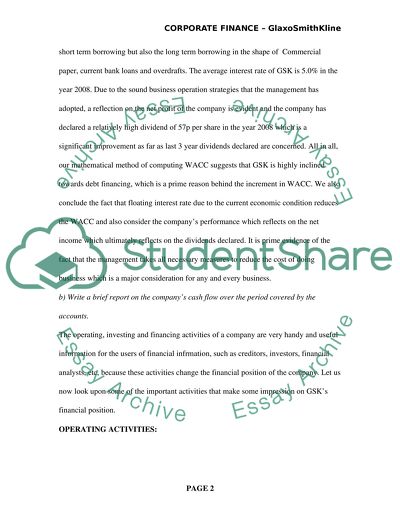Cite this document
(Corporate Finance of GlaxoSmithKline Assignment, n.d.)
Corporate Finance of GlaxoSmithKline Assignment. Retrieved from https://studentshare.org/finance-accounting/1552285-corporate-finance-assignment
Corporate Finance of GlaxoSmithKline Assignment. Retrieved from https://studentshare.org/finance-accounting/1552285-corporate-finance-assignment
(Corporate Finance of GlaxoSmithKline Assignment)
Corporate Finance of GlaxoSmithKline Assignment. https://studentshare.org/finance-accounting/1552285-corporate-finance-assignment.
Corporate Finance of GlaxoSmithKline Assignment. https://studentshare.org/finance-accounting/1552285-corporate-finance-assignment.
“Corporate Finance of GlaxoSmithKline Assignment”. https://studentshare.org/finance-accounting/1552285-corporate-finance-assignment.


